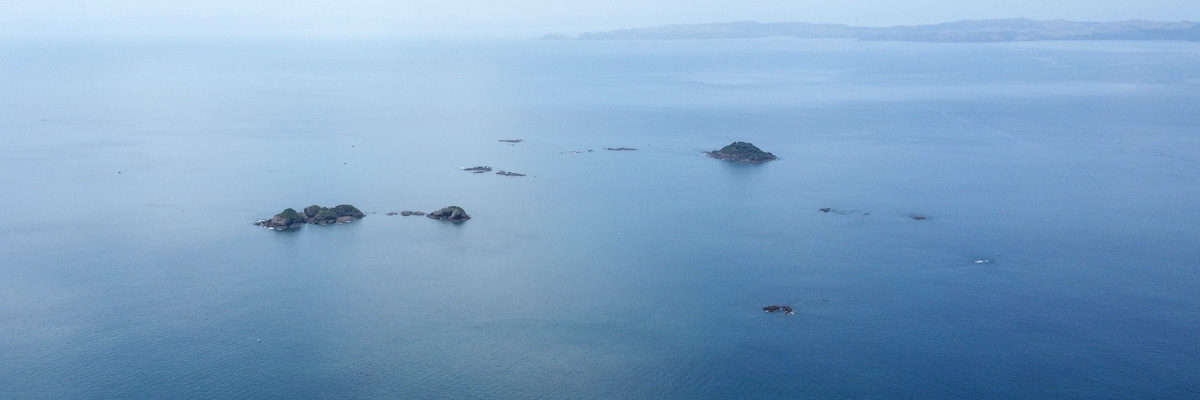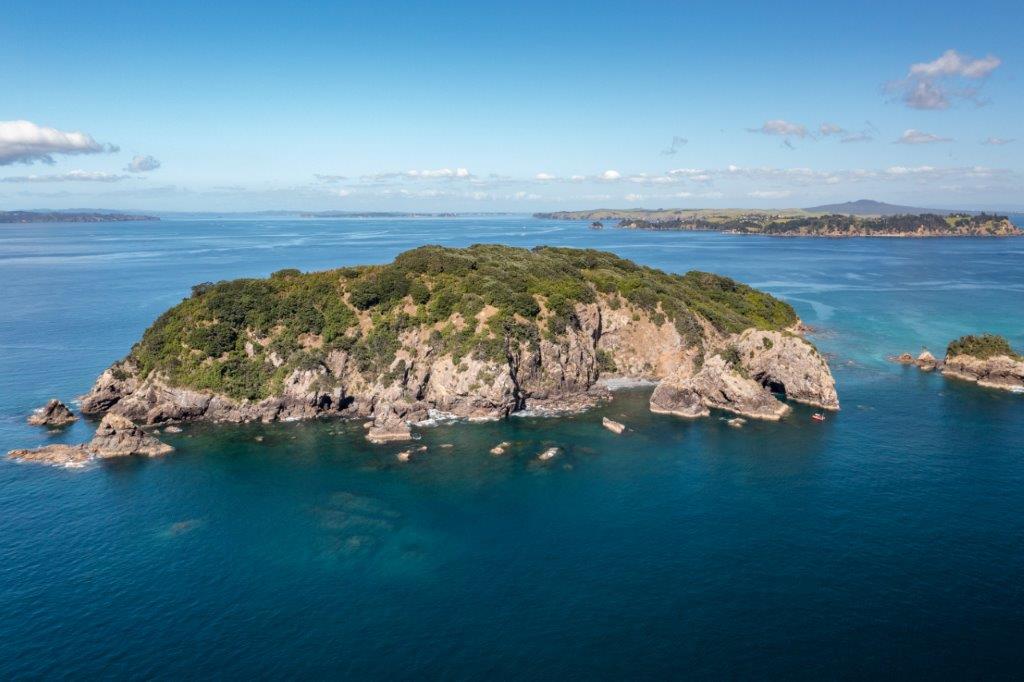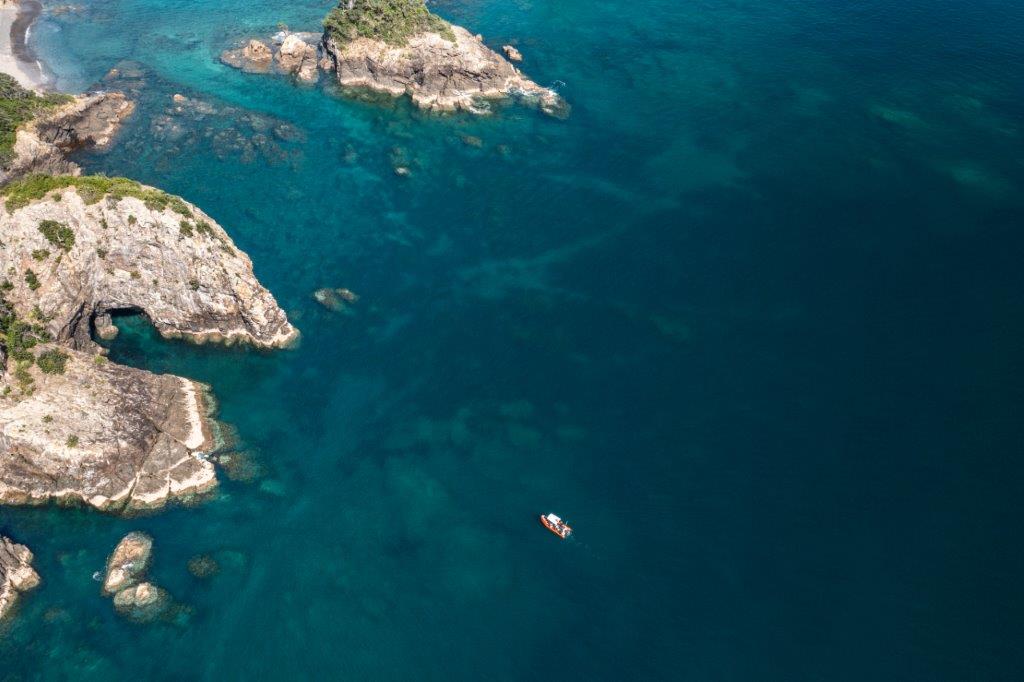The Noises hold a very special interest for seabird lovers. Being home to at least…

Sounds of silence
Since the first recorded COVID-19 case in New Zealand in February 2020, the country has fought the virus using numerous methods, including lockdowns. What evolved as a four-tier alert level system has led to extended periods where non-essential travel was banned. This included travel by boat, with ocean traffic dramatically reduced to little more than pared-down ferry services, some freight movement and police vessels.
The greater Auckland region, home to the majority of the 1.2million hectare Hauraki Gulf Marine Park, has lived under these restrictions for longer periods than the rest of the country and to date, has experienced close to many months of limited movement.
According to a scientific paper entitled Decreased Underwater Noise Pollution During COVID-19 Lockdown [writers: Matthew K Pine, Louise Wilson, Andrew G Jeffs, Lauren McWhinnie, Francis Juanes, Alessia Scuderi, Craig A Radford] the first level four lockdown led to an almost instant change in the marine soundscape, “with ambient sound levels in busy channels dropping nearly 3-fold the first 12 hours. This sudden drop led fish and dolphins to experience an immediate increase in their communication ranges by up to an estimated 65%”.
This paper was published by a team of marine scientists, some of whom who had placed hydrophones in a variety of areas as part of an existing study. With five hydrophones in the wider Hauraki Gulf, including the Rangitoto Channel and Long Bay as well as by the Ahaaha Rocks, near The Noises, acoustic data was gathered between February and May 2020 using seafloor mounted acoustic recording stations.
One especially illuminating story about the reduced undersea racket was written for Hakai Magazine by Raglan-based writer Kate Evans so, rather than reinvent the wheel and write our own story about the effects of noise pollution on sea creatures, we’re linking to Kate’s story here because it’s so very interesting.
Thanks Kate – love your work!



